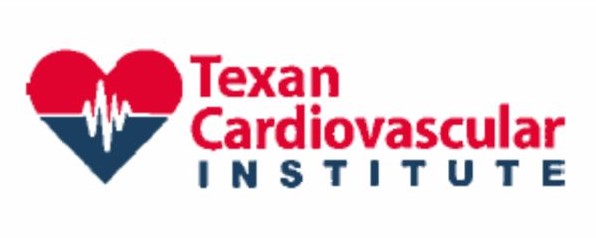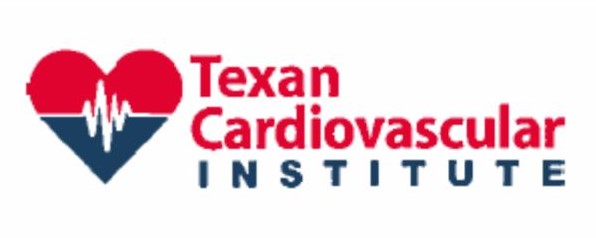Follow Us x
Percutaneous coronary intervention is a non-surgical method used to open narrowed arteries that supply heart muscle with blood (coronary arteries). Percutaneous means “through unbroken skin”. PCI is performed by inserting a catheter through the skin in the groin or arm into an artery. At the leading tip of this catheter, several different devices such as a balloon, stent, or cutting device can be deployed. The catheter and its devices are threaded through the inside of the artery back into the area of coronary artery narrowing or blockage.
The Intervention part of percutaneous coronary intervention means that even if the person is actively having a heart attack (myocardial infarction or MI); this intervention can be used to intervene and stop the attack by opening up the narrow or blocked coronary artery. This allows blood to flow to the heart muscle.
Percutaneous coronary intervention is also used to relieve or reduce angina, prevent heart attacks, alleviate congestive heart failure, and allows some patients to avoid surgical treatment (coronary artery bypass graft or CABG) that involves extensive surgery and often long rehabilitation time.


